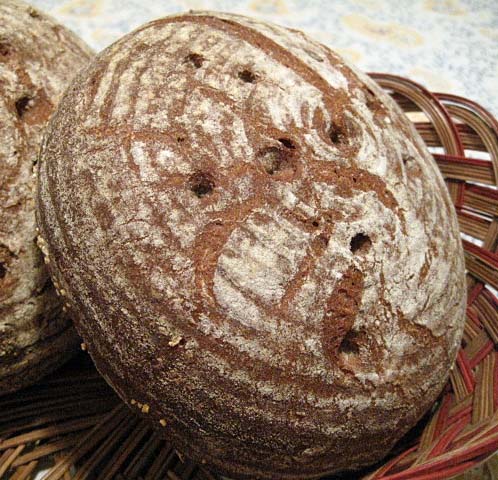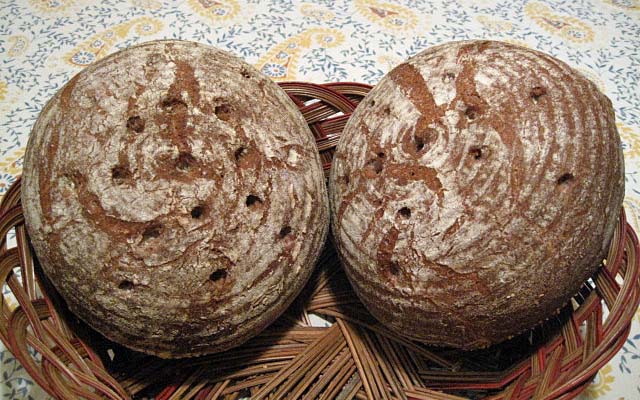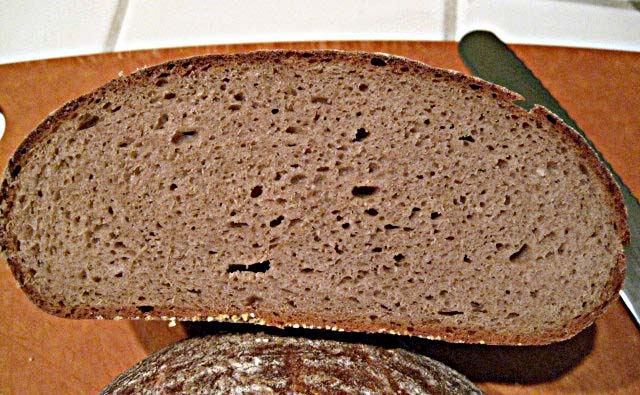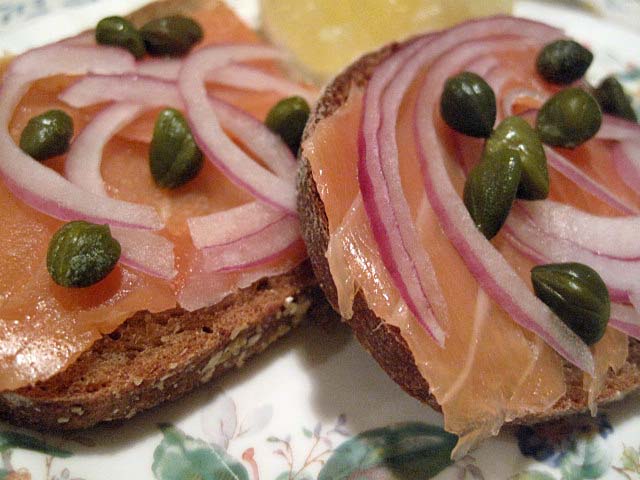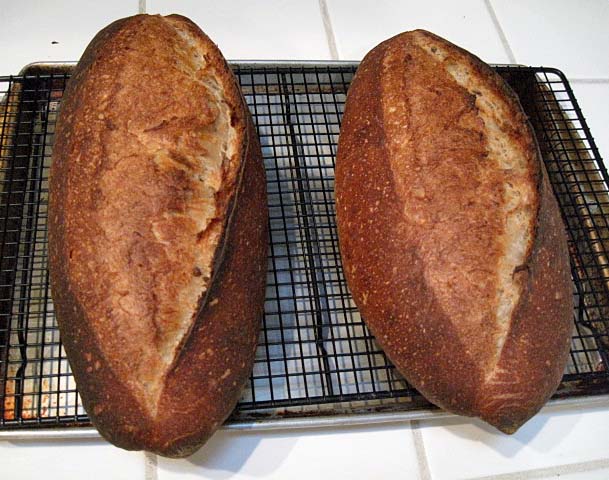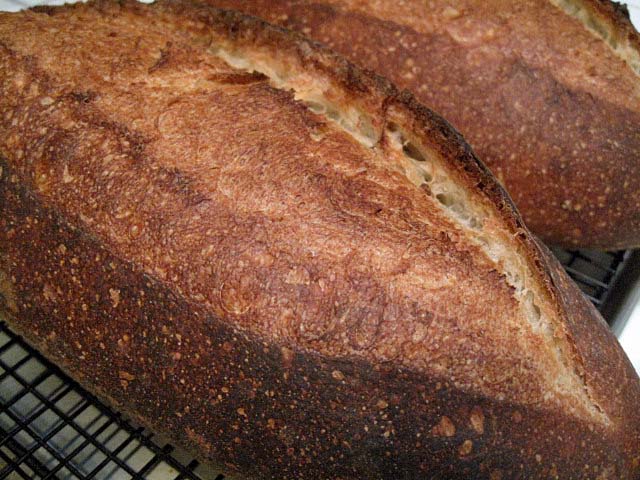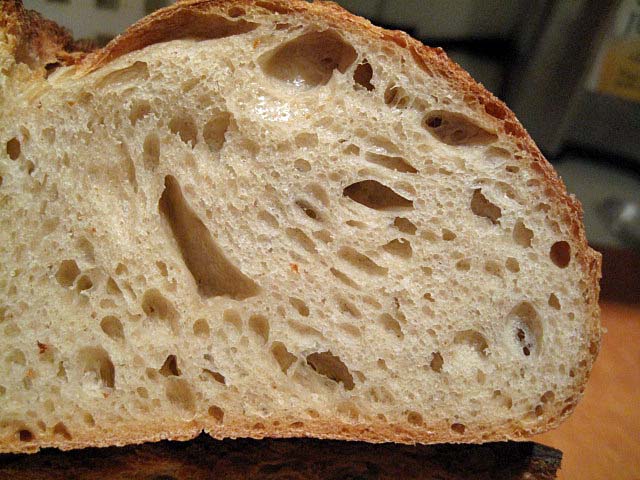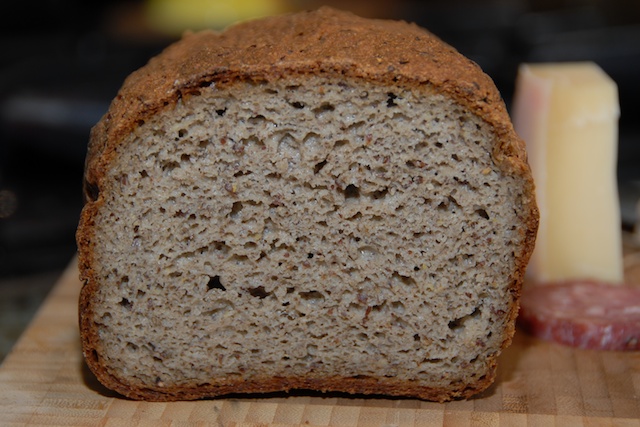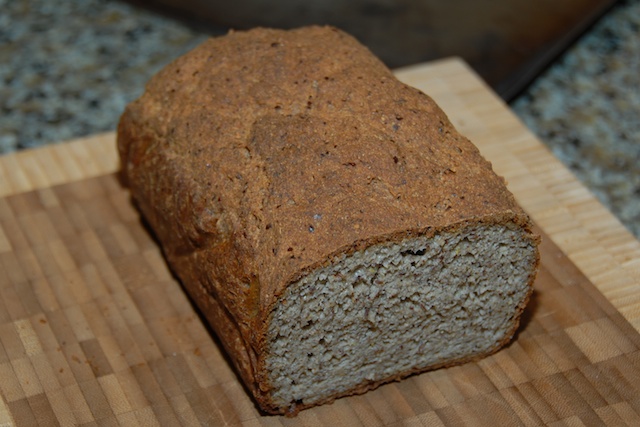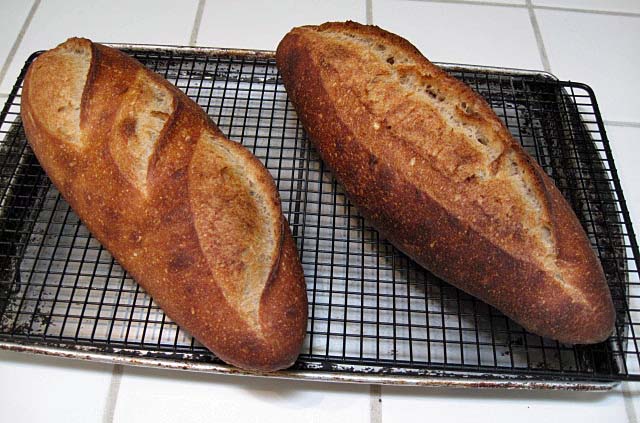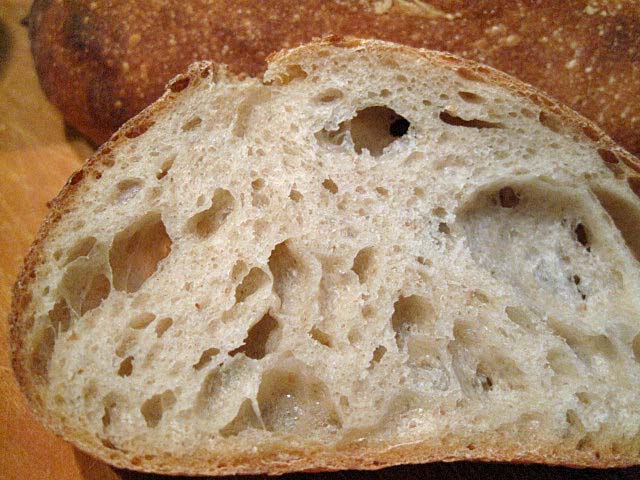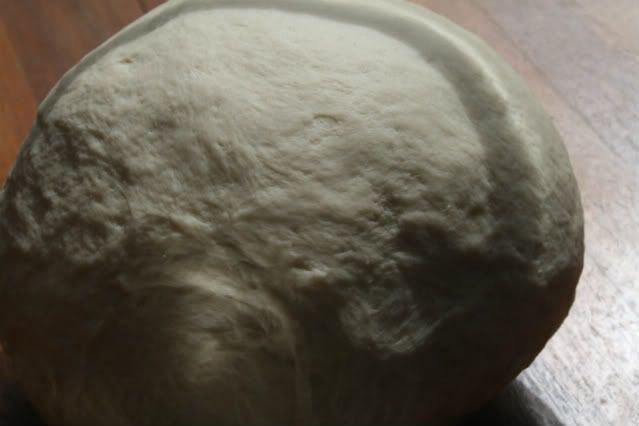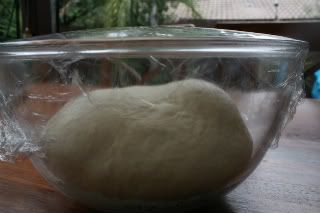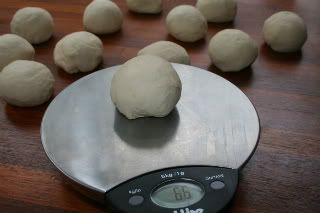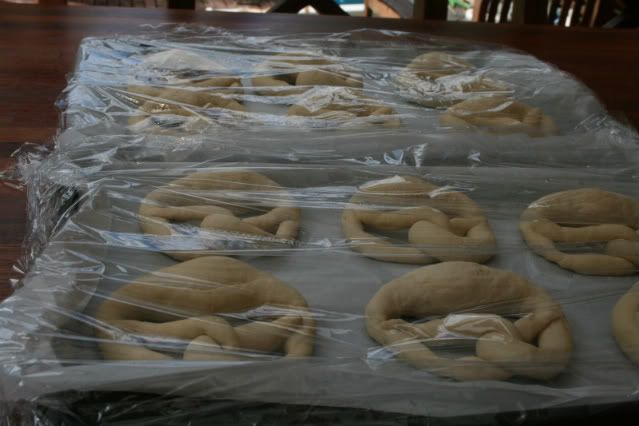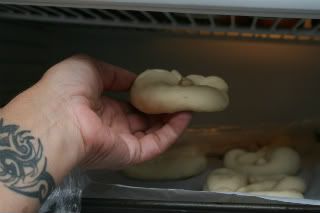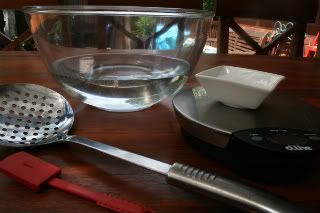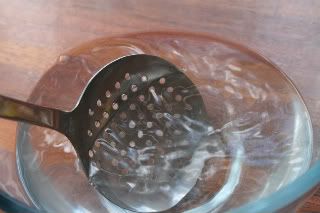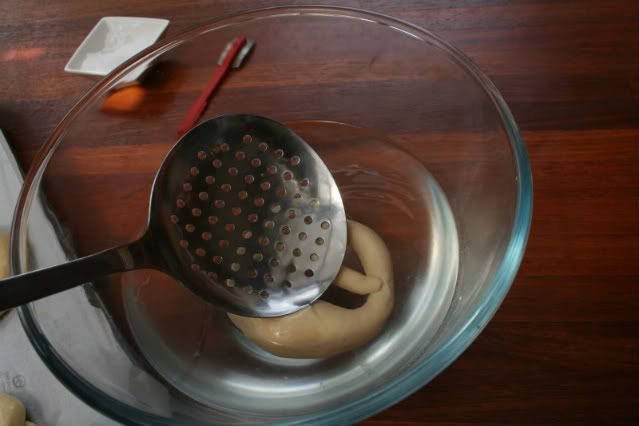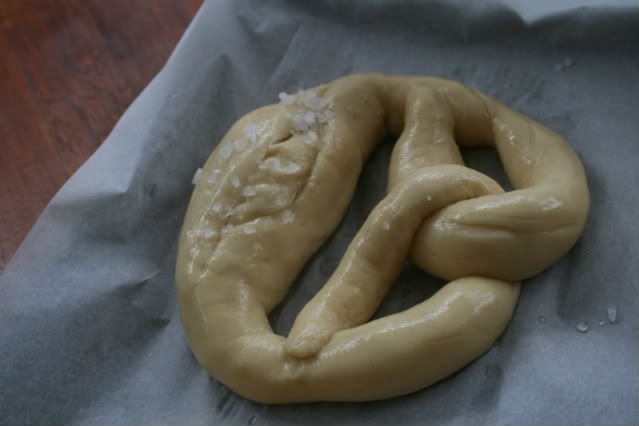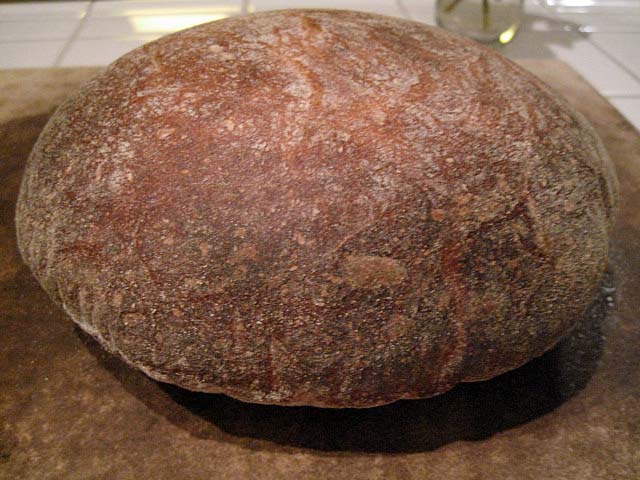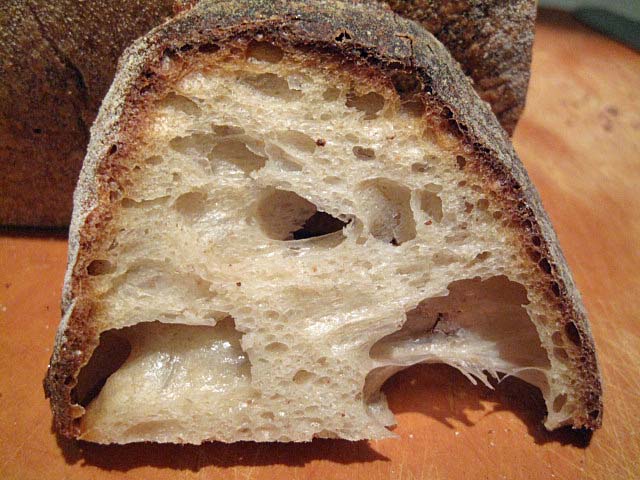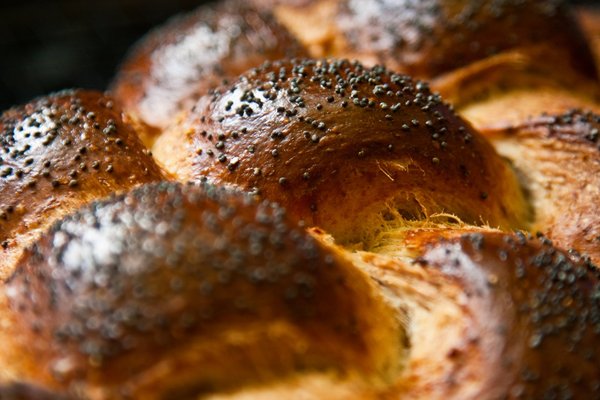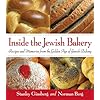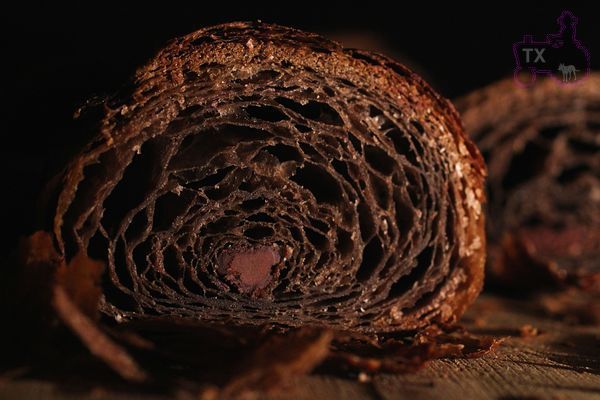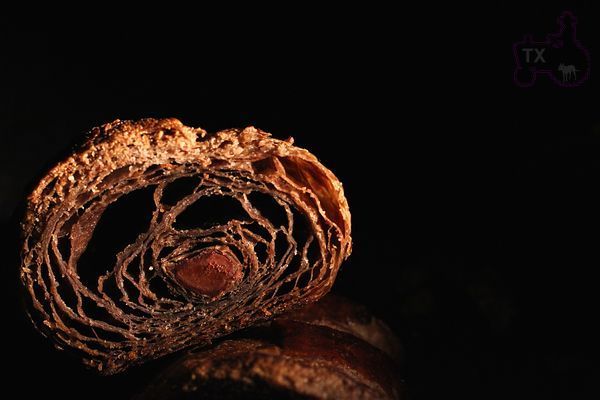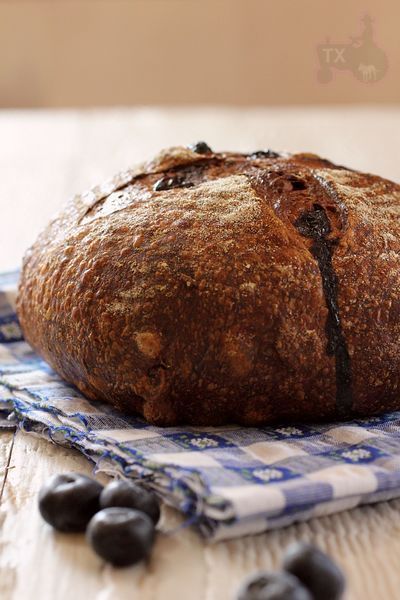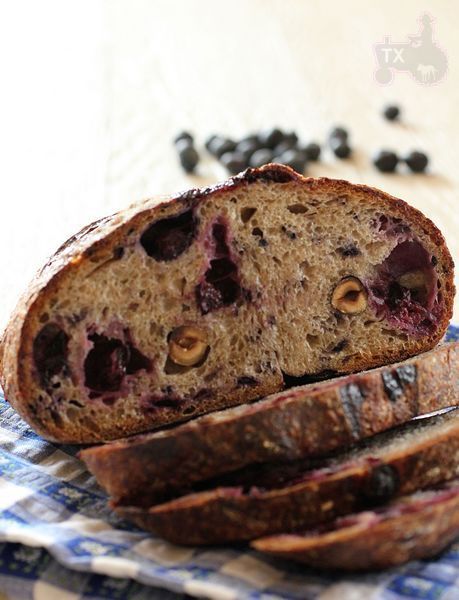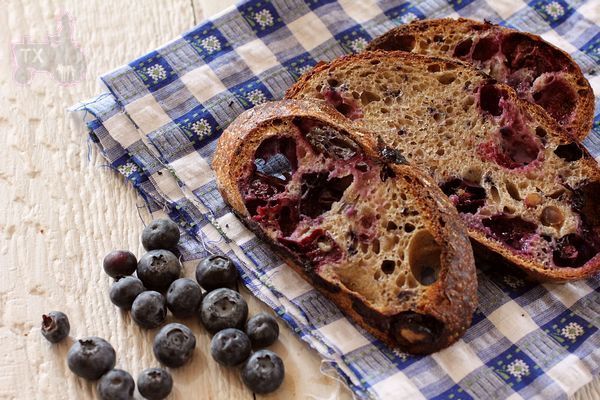As kids, my siblings and I were never permitted to eat a hot cross bun before Good Friday (or an Easter egg before Easter Sunday, or meat on Good Friday). While formalised religion and I have parted ways, I've continued to observe the Easter culinary traditions I was brought up with. I think it's no bad thing to delay gratification with treats like hot cross buns. The building anticipation enhances the experience, and I suspect you savour them all the more for holding off. Anyway...
All my adult life I've switched into Ultimate Hot Cross Bun Quest mode on the Thursday afternoon before Good Friday. I used to search all over the city for the UHCB, then extended my forays to the suburbs. When the shops opened on Easter Saturday, the quest continued. Was always pretty hot cross bunned out by Sunday night!
5 years ago, I gave up my quest to find great hot cross buns in the shops. In the last decade or so, most of the bakeries and supermarkets here have dumbed down their hot cross buns in response to a mystifying public antipathy towards peel - hardly any commercial bakeries include peel in their doughs! What's a hot cross bun without peel? Huh?
What was I to do, then? Continue the quest in my kitchen, of course! Sometimes it takes a long time to find the right path, no? So, I started plundering newspaper and magazine recipes, taking notes from TV cooks, googling etc. First couple of years, results were patchy due to inexperience on my part and some very ordinary recipes. Then 3 years ago, I 'discovered' home-baking of sourdough bread. Sounds like a prologue to an evangelical rant, or an MLM presentation. It very well could be the former, but I'm preaching to the converted here, so jump cut...
Most of my HCB recipes in the last 3 years have come from the generous online artisan bread community, and surprise surprise, my results have improved markedly. Being a sourdough nut, I usually include at least one SD recipe in my annual HCB bakes, and this year was no exception. I had highlighted 3 HCB recipes during the year that I just had to try when Easter finally arrived, and at this point I must make a confession. Due to extended fermentation periods in the recipes and a full fridge, I realised that I would not finish baking until after Easter Sunday unless I started before Good Friday - so I made my first batch earlier in the week without crosses! Is that cheating? I've convinced myself that it's not, since what makes a hot cross bun a hot cross bun is the cross.
As it happens, the first recipe I tried yielded the best hot (un)crossed buns I've made, and I ended up making some small tweaks and doing it again, this time crossed (on Good Friday morning)! So, this year, I've only managed to do one recipe twice, and one more yeasted recipe. Still, Easter is not over yet, so that third recipe may yet get a run.
Here are a couple of pics of the SD buns and the yeasted ones I baked the next day (in that order). The SD buns were far superior in every way. While they look a bit rustic (I'm not big on aesthetic finessing), I'd have to rate them as amongst the best I've sampled in all my years of questing after the Ultimate HCB. I'm excited by the prospect of elevating them to another level with a little more tweaking... I'm out of time right now, but will post the recipe (current tweaked version) a little later.
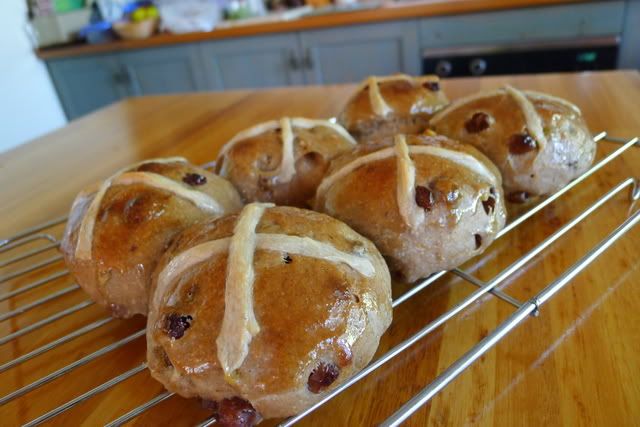
Sourdough hot cross buns...
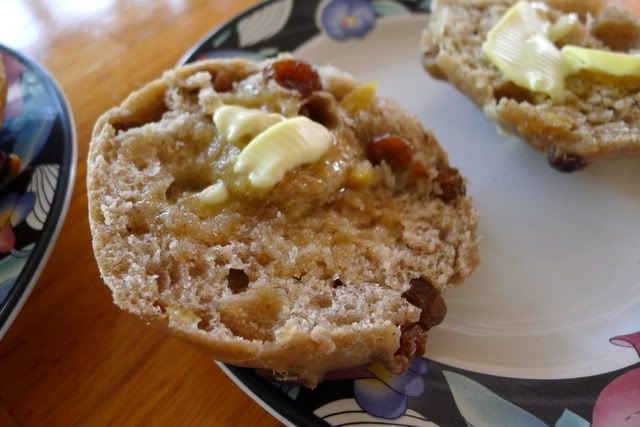
...and crumb shot
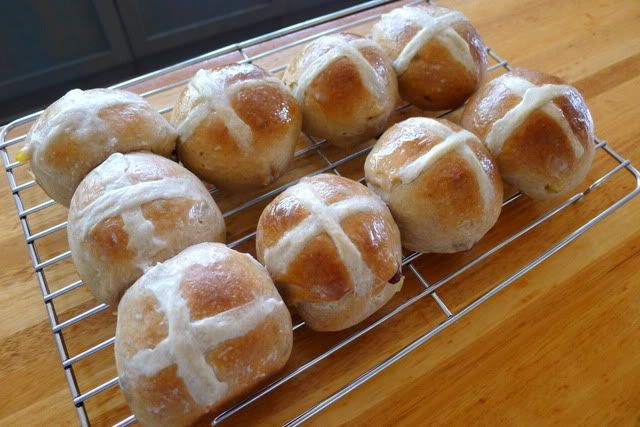
Yeasted...
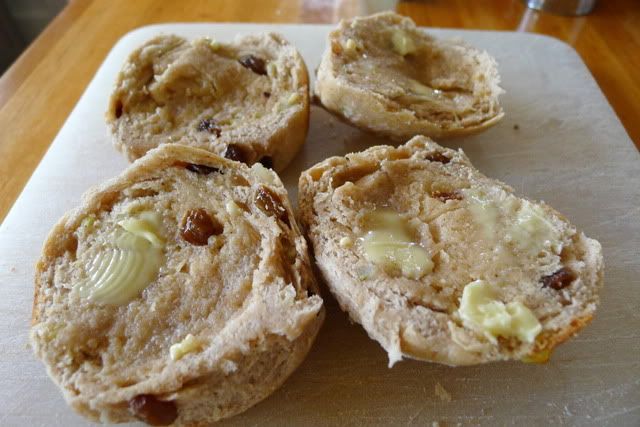
...and on the way to Judgment Day.
Safe and happy Easter Sunday, folks.
Ross
OK, back. Here's the recipe for the SD HCBs. I've changed hydration and made other tweaks to the point that it now departs significantly from the recipe on which it was based, which was in turn based on another on Den Lepard's site. The original link is now 'broken'. This is how it goes in the baking community - everything is in a state of flux, with the possibilities always wide open to tweak in line with your own preferences. Goes without saying that anyone trying this recipe should feel free to continue this tradition.
SD Hot Cross Buns (makes 6 large buns)
My ambient temp was 24C.
Pour boiling water over fruit, cover and leave overnight
Preferment
Mix up 75gm of white SD starter (80% hydration) + 87g organic baker's flour + 137gm soy milk (yes! - doubtless cow's milk would be fine, but I suspect the soy lends a slight sweetness and creaminess that cow's milk wouldn't). Leave overnight to ripen - 8 hours was sufficient for mine.
Next morning, add 30gm ripe white starter (80% hydration) to preferment, or whatever is required to bring its useable weight to 300gm.
Dough
150gm organic baker's flour
20gm wholewheat organic flour
1/2 teaspoon salt (or to taste)
40gm white sugar
5gm whole cream milk powder
40 gm melted butter
300gm preferment
Spices:
1 teaspoon allspice
1/2 teaspoon ginger powder
1/4 teaspoon fresh ground green cardomom (just the seeds, not the pods)
1/4 teaspoon fresh grated nutmeg
1.5 teaspoons cinnamon
Fruit:
75gm soaked sultanas
25gm soaked peel
Method
Mix dry ingredients, except fruit. Add melted butter, mix in, then add preferment.
Knead briefly in bowl twice, 10 minutes apart. Fold in fruit.
Bulk proof 3.5 hours (adjust according to your ambient temperature), with hourly stretch and folds.
Divide into 6 (or more if you prefer smaller buns). Best to weigh them out, so you get uniform buns. Shape into balls, flatten slightly, and arrange on a greased baking tray. The buns should be close together but not quite touching each other or the sides of the baking tray. Cover well, and put in fridge overnight.
Next morning, preheat oven to 200C/390F (no fan, no steam). While preheating, make mix for crosses (can do this the previous night if preferred; store covered in fridge).
Cross mix (combine and mix well):
35gm flour
10gm canola oil
25gm water
1 heaped teaspoon cinnamon sugar
This mix can be piped on to the buns, but for such a small quantity I prefer to lay it out on a lightly oiled bench, roll it out thinly, and lay the crosses on the buns by hand.
Baking:
Bake buns @ 200C/390F for about 25 minutes. (The second time I baked these, to get a better browning, I started @ 215C/420F for first 7 minutes or so, then dropped to 190C/375F, then dropped to 175 - all depends on the finish you are after. You might need to reduce baking time, also - you just need to watch the buns during the bake and use your intuition).
While buns are baking, make sugar syrup glaze:
15gm caster sugar
15gm water
Bring to boil, stir until sugar dissolved.
When bake is complete, remove buns and with silicon or bristle pastry brush apply hot glaze (reheat if necessary) to tops of buns. As soon as possible, get buns off baking tray and on to cooling rack.
Best to wait a while before splitting and eating with bounteous spread of fresh unsalted butter. I actually prefer these a couple of hours later, cold. The flavour and structure seems to develop during that time. Gorgeous toasted up to 2 days after bake, also.









